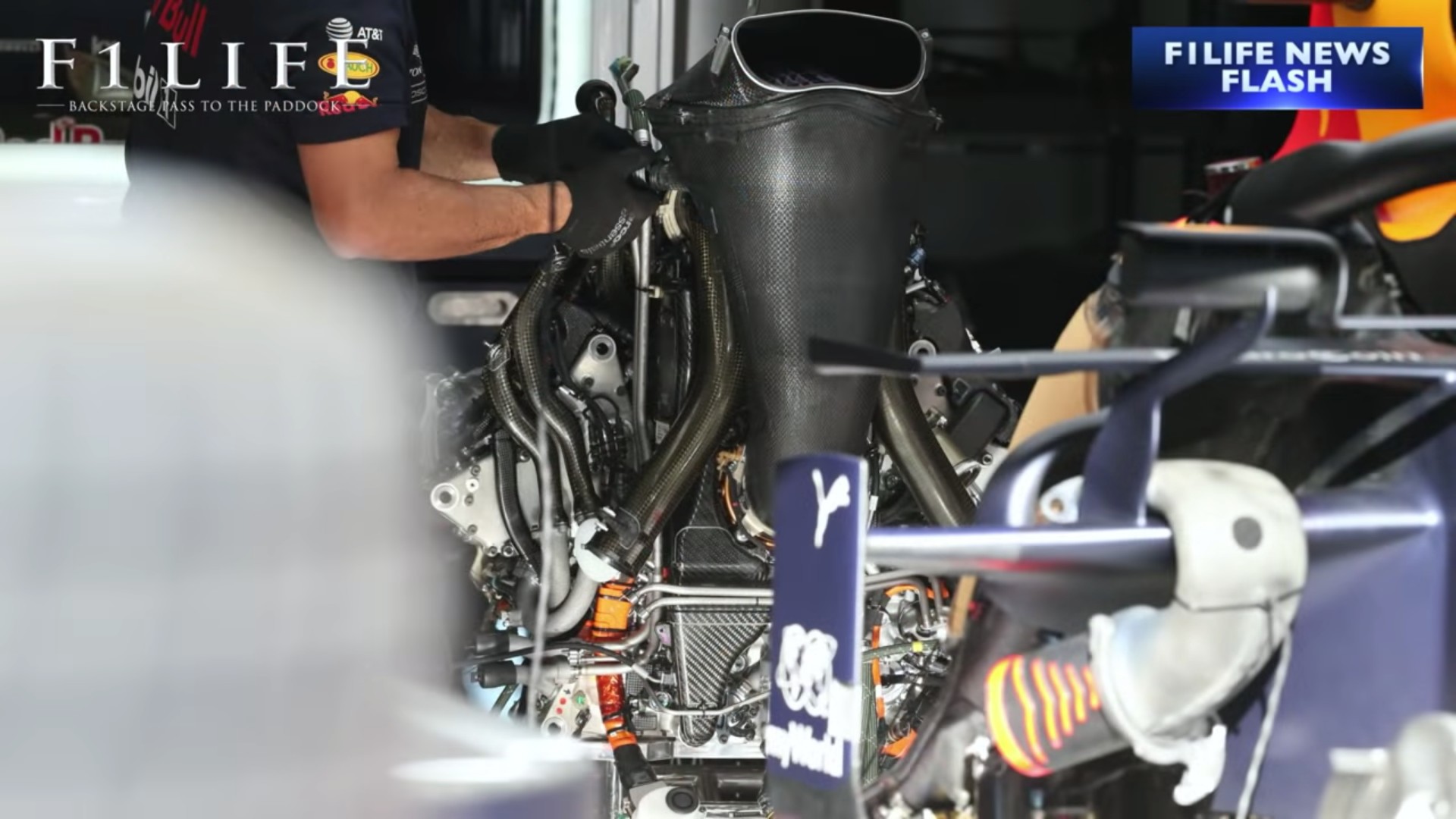NL_Fer wrote: ↑29 Feb 2020, 18:20
Well the rattattataattaa sound is the ICE firing only 3 cylinders under breaking. The deactivated cylinders could be pumping just air, cooling the turbocharger.
Also, the F2 cars are spitting real flames almost half of all their races. The turbo’s are much more durable and antilag more controlled nowadays.
Yeah I would agree, the "rattattatatata" noise definitely sounds like skip fire operation which allows for varying combinations of cylinders to be cut off with the exhaust valves still open, significantly reducing pumping losses, increasing efficiency. And varying combinations of cylinder cuts would affect how "intense" the operation would be.
Doing this, reduces natural spark ignition engine braking, BUT, they could be using the MGU-K to compensate.
So let's think, if we assume skip fire (the "Honda noise") is to reduce pumping losses, there is a gain there in overall efficiency, what you do lose though is natural engine braking but this would allow the programming of the MGU-K, in full generation mode, to recover much more energy in slowing the engine down when off throttle or braking as it would not be competing with spark engine overrun resistance.. Ingenious.
Then add that to this new behaviour which has been prevalent since Spec 4 and the new Mobil fuel was brought in, it seems clear they are efficient enough ICE side to have excess fuel to play with and as such have introduced what is sounding like an antilag system by dumping fuel into the switched off cylinders while skip fire is active (the big bangs and pops). This would have two benefits:
1. Piston/Cylinder cooling from cool fuel injection
2. Causing backfires when it passes into the exhaust unburnt, keeping the turbo spooled without requiring electrical energy use on the MGU-H to do so, the saved energy can then be stored for use by the MGU-K during maximum power modes.
The negative to antilag is turbine damage, however this could be something HondaJet is assisting with on designing impellers that can withstand the shock damage and the sudden heat rise.




